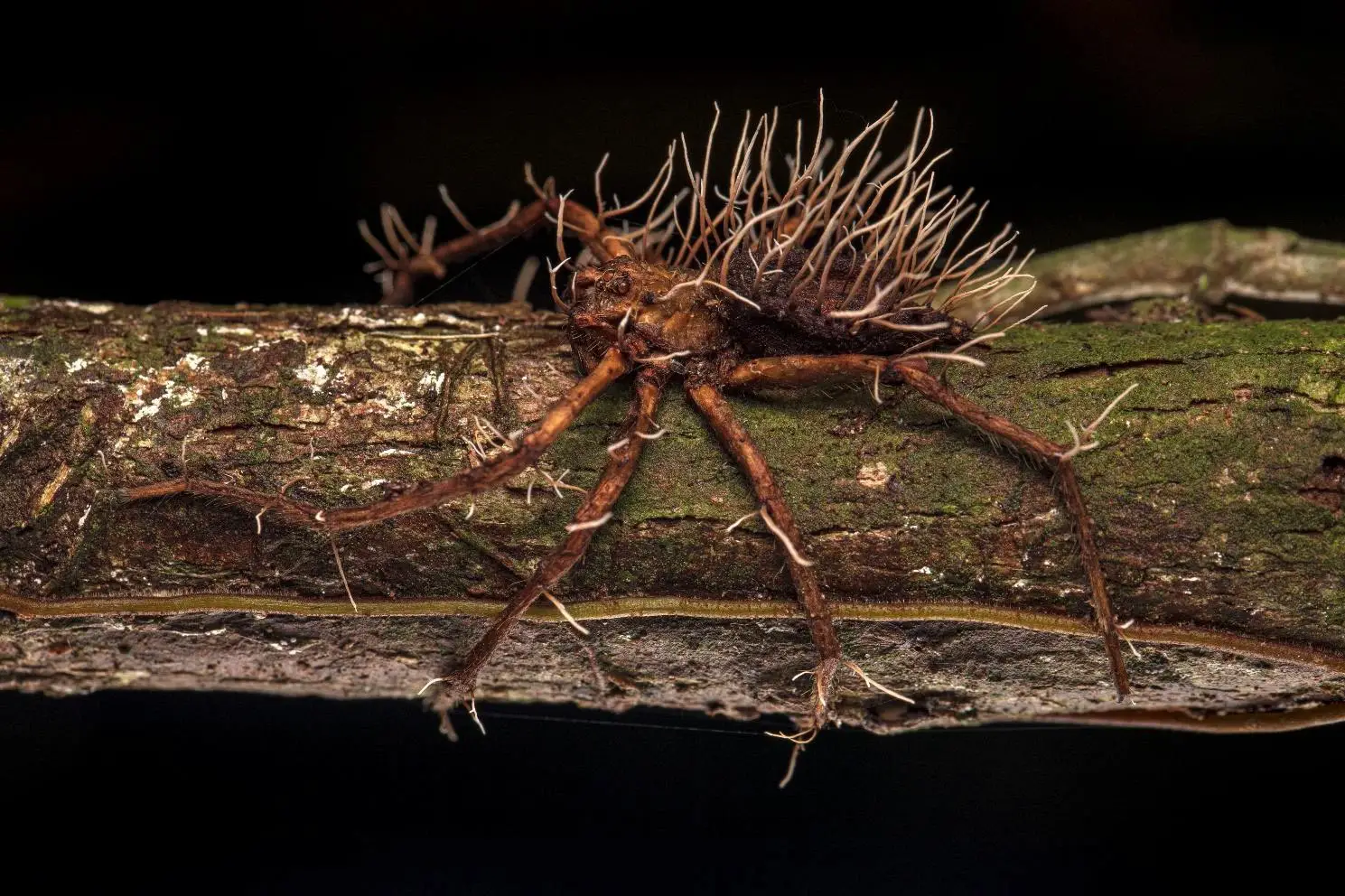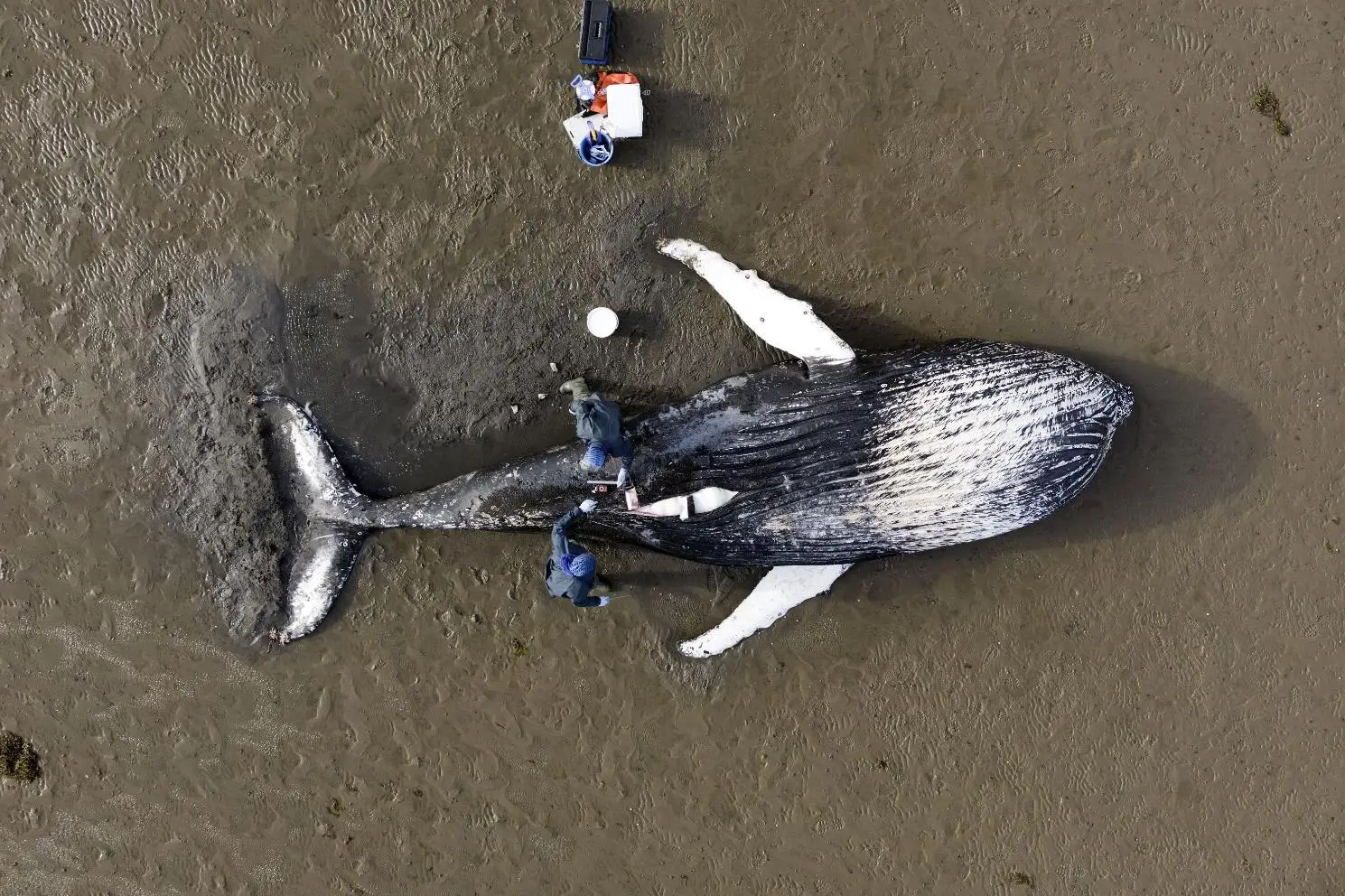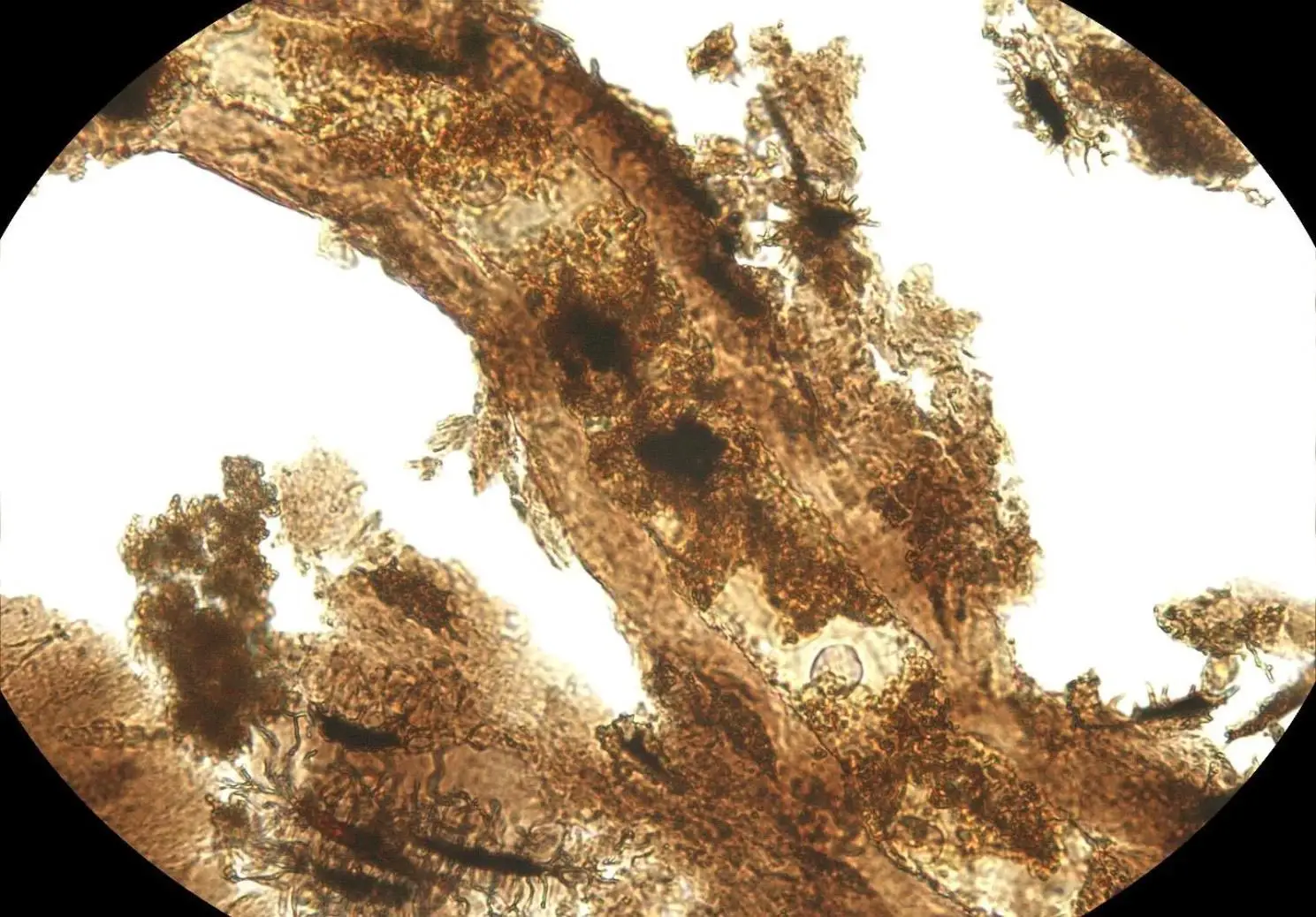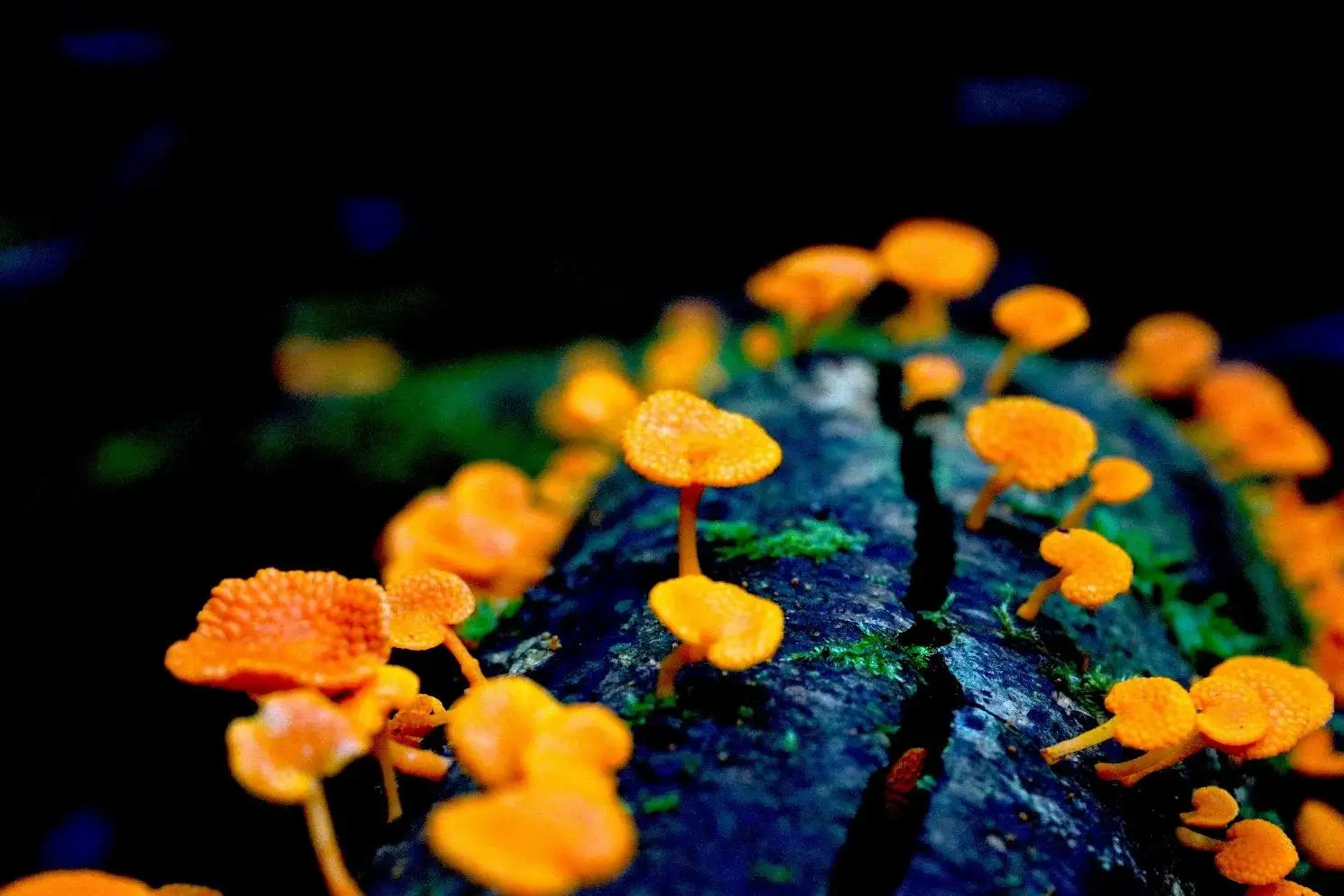
A stunning photo capturing a vivid orange pore fungus (Favolaschia calocera) thriving on rotten wood has emerged as the victor of this year’s BMC Ecology and Evolution image competition. The photograph, taken by Cornelia Sattler from Macquarie University, Australia, is more than just a pretty picture though. Beyond the seemingly innocent beauty of the fungus, Sattler says that we must also recognize its invasive nature and the devastation it has caused to Australia’s ecosystems.
Despite its alluring appearance, the orange pore fungus poses a threat by displacing other native fungi and encroaching upon the Australian rainforest. The fungus’s spores can be carried by humans, which is why people traveling in protected natural areas should exercise extra vigilance to protect Australia’s biodiversity.
Originally discovered in Madagascar, the orange pore fungus has spread across the globe, including Australia. However, it is not alone. Many invasive species, such as the European rabbit, root rot fungus, and feral pigs, are jeopardizing a significant portion of Australian species currently facing extinction.
Nature: stunning but fragile
The BMC Ecology and Evolution image competition offers a window into the diverse and captivating world of science through art. While the winning images are all visually engaging, they also underscore the importance of scientific vigilance and ecological preservation. Each photograph serves as a reminder that the natural world is not only awe-inspiring but also deeply interconnected and fragile.

In the Protecting Our Planet category, Roberto García-Roa from the University of Lund, Sweden, won first place with his image of beekeepers caring for a hive within a sustainable beekeeping project in Guinea. The initiative, which encourages locals to cultivate honey, serves as a means to combat deforestation in the area that is currently threatening chimpanzee populations.
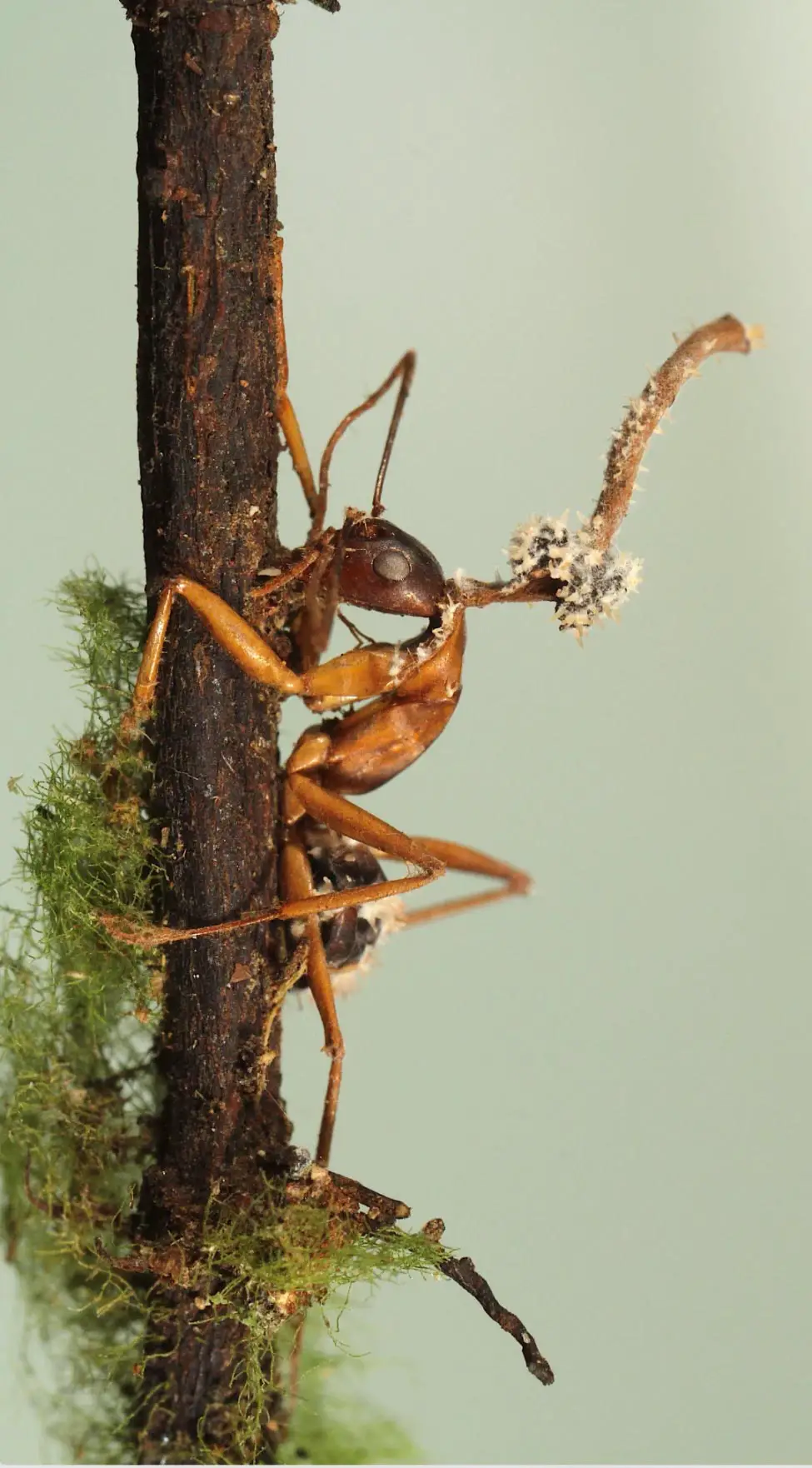
João Araújo, representing the New York Botanical Garden, triumphed in the Plants and Fungi category. His photograph captures a different fungus parasitizing the fruiting body of a zombie-ant fungus.
Zombie-ant fungi possess the remarkable ability to manipulate the behavior of their insect hosts, coercing them to relocate to more favorable environments for their own growth. This unique phenomenon is observed across forests worldwide, ranging from tropical to temperate regions, where various Camponotini ants fall victim to this manipulation.
But, in this case, the zombie-ant fungus met its match: another parasitic fungus.
“The forests inhabited by these fungi also provide a habitat for mycoparasitic fungal lineages that exhibit the ability to parasitize, consume, and even castrate Ophiocordyceps. It is only recently that scientists have begun to document and describe these lesser-known fungi that possess the ability to eliminate other fungi,” said Araújo.
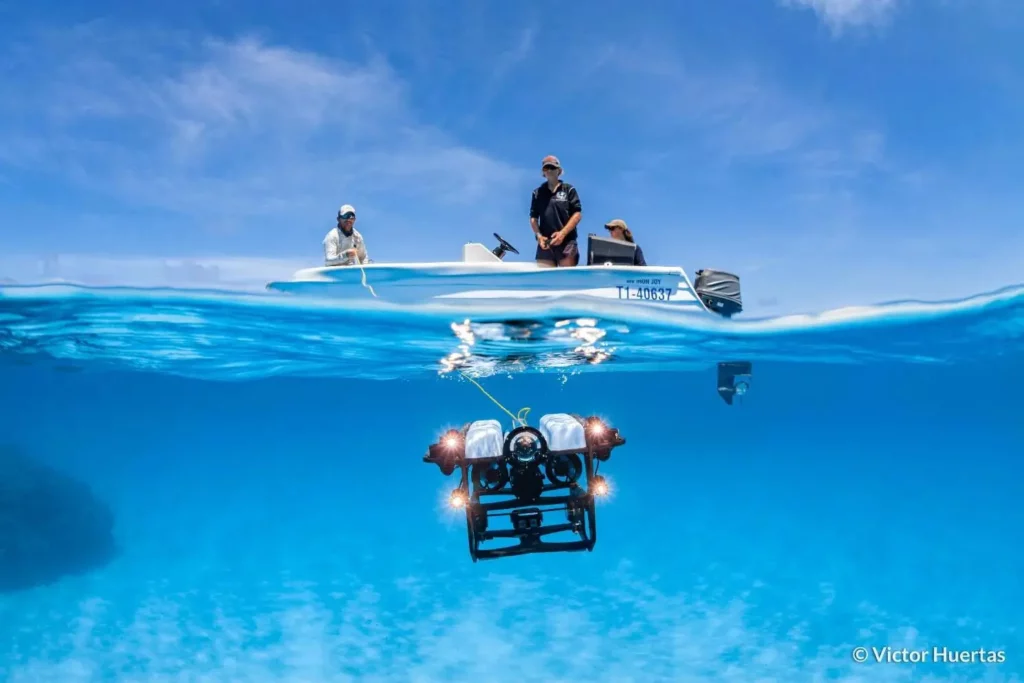
Victor Huertas from James Cook University, Australia, seized the first spot in the Research in Action category. His winning image features an underwater remotely-operated vehicle deployed in the crystal-clear waters of the Coral Sea Marine Park in Australia, offering a glimpse into marine exploration. Thanks to these devices, the team has uncovered new species in reefs where they had not yet been documented, expanding the geographic range of multiple fish species.
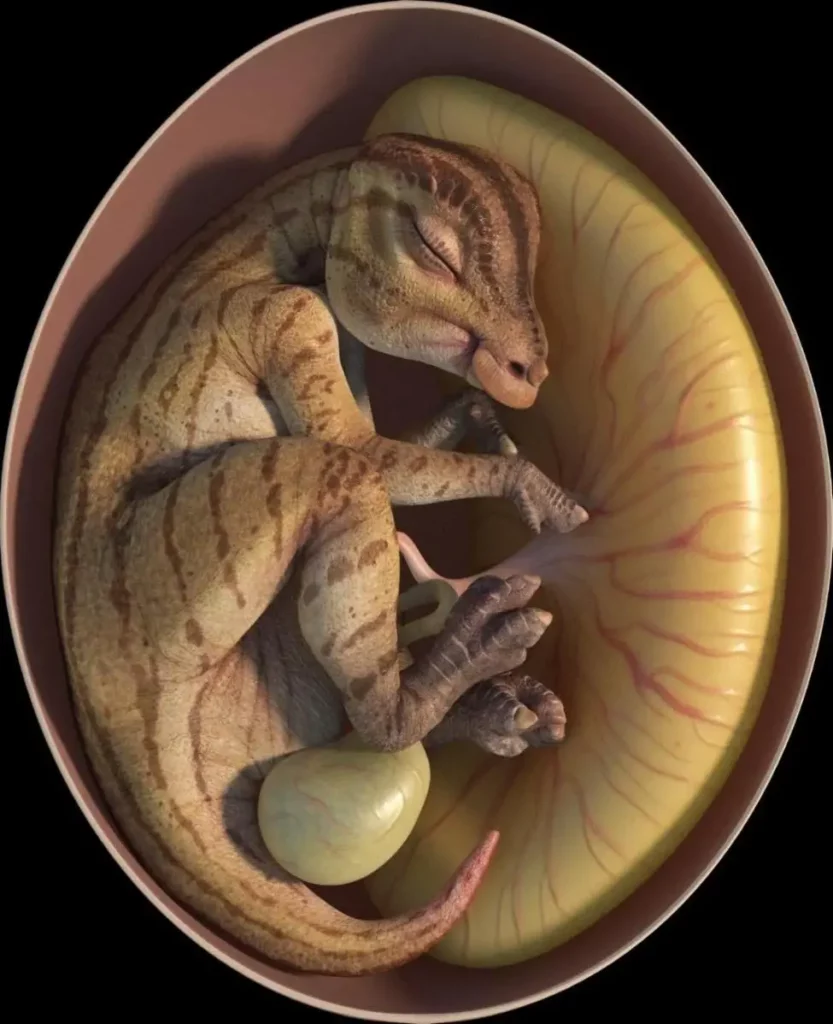
Last but not least, an enthralling digital illustration portraying the embryonic development of a dinosaur within an egg claimed the Paleoecology category. It’s based on the finding of a pair of hadrosauroid dinosaur eggs and embryos from China’s Upper Cretaceous red beds from between 72 and 66 million years ago. This snapshot of prehistoric life was submitted by Jordan Mallon from the Canadian Museum of Nature and created by Wenyu Ren from Beijing, China.
“The relatively small size of the egg and the unspecialized nature of the dinosaur embryo developing within it suggests that the earliest hadrosaurs were born immature and helpless. Over time, hadrosaurs began to lay larger eggs, indicating that their young may have been born at more advanced stages of development and required less parental care than earlier hadrosaurs,” Mallon said.
Runner-up entries
